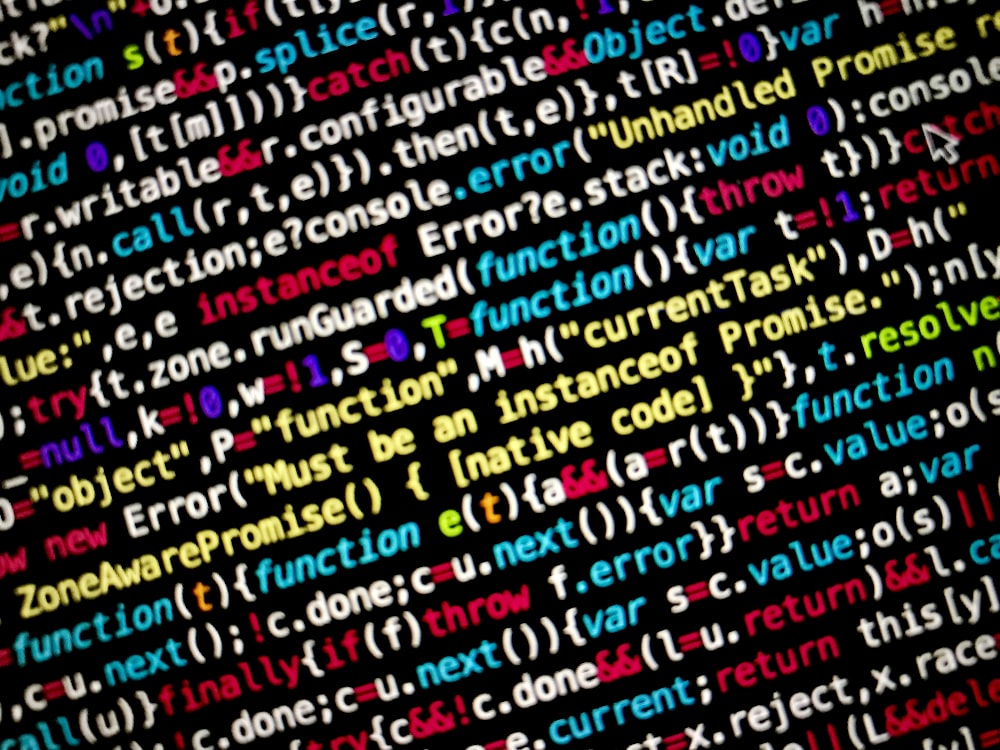Enhancing Data Processing: Exploring Intelligent Character Recognition

Explore the world of Intelligent Character Recognition (ICR) and its impact on data processing. Learn how ICR technology enhances efficiency and accuracy in text recognition and document management.
In this era of information deluge, the demand for innovative tools like ICR has surged. This technology, harnessed by its prowess in recognizing and digitizing handwritten and printed text, is reshaping how we manage information. Let’s embark on a journey to uncover how ICR is revolutionizing data processing and analysis in ways beyond imagination.
How ICR Processes Data

Image Source:Unsplash.com
ICR, or Intelligent Character Recognition, is a technology that transforms handwritten and printed text into machine-readable information. The process involves several steps that seamlessly convert analog information into digital format:
Image Capture: The process begins with capturing images of documents, whether handwritten or printed.
Preprocessing: The captured images undergo preprocessing, which includes image enhancement, noise reduction, and contrast adjustments.
Segmentation: ICR software identifies individual characters and segments them from the rest of the text.
Feature Extraction: Key features of characters, such as their shapes and sizes, are extracted for analysis.
Character Recognition: Advanced algorithms analyze the extracted features to recognize and match characters.
Contextual Analysis: ICR takes into account the context of the text to improve accuracy, as characters’ appearances can vary based on surrounding characters.
Correction and Verification: The recognized characters are corrected and verified to enhance accuracy.
Output Generation: The final output is generated, converting the analog text into machine-readable digital data.
ICR technology’s accuracy and efficiency are continuously evolving, making it a powerful tool for data processing across industries, from finance to healthcare. Its ability to convert handwritten text into actionable information streamlines operations and enhances productivity.
The Core Features of Effective ICR Technology

Image Source:Unspash.com
ICR (Intelligent Character Recognition) technology has emerged as a game-changer in information processing, offering several core features that contribute to its effectiveness:
Advanced Character Recognition: Effective ICR technology employs sophisticated algorithms to accurately recognize a wide range of characters, including handwritten and printed text.
Adaptability: It can adapt to various fonts, styles, and languages, making it versatile for diverse document types.
Contextual Analysis: ICR takes into account the context of characters, considering neighboring characters for improved accuracy.
Handwriting Recognition: ICR excels in deciphering handwritten text, even with variations in handwriting styles.
Machine Learning Integration: Machine learning algorithms enable ICR to learn and improve over time, enhancing accuracy with each use.
Efficiency: Effective ICR processes Information swiftly, expediting data entry and reducing manual effort.
Data Validation: It can validate recognized data against predefined rules to ensure accuracy and consistency.
Error Correction: ICR includes error correction mechanisms to rectify inaccuracies and enhance output quality.
Integration Capability: It seamlessly integrates with other software applications and systems for streamlined data flow.
Customization: Effective ICR technology allows customization to match specific business needs, ensuring optimal results.
With these core features, ICR technology empowers businesses across sectors to enhance data processing, reduce errors, and boost operational efficiency.
Benefits of ICR in Text Recognition and Analysis
Image Source:Unsplash.com
ICR (Intelligent Character Recognition) offers substantial benefits in text recognition and analysis. By seamlessly converting handwritten or printed text into digital formats, ICR enhances data accessibility and accuracy. It revolutionizes data processing, enabling swift and error-free analysis.
Did you know that ICR can reduce data entry errors by up to 50%?
This technology accelerates tasks, boosts efficiency, and empowers businesses to extract valuable insights from their textual data with precision.
ICR vs. Traditional OCR: Unveiling the Differences
Intelligent Character Recognition (ICR) and Optical Character Recognition (OCR) are both pivotal in data processing, yet they possess distinct attributes that set them apart.
ICR’s Handwriting Deciphering: ICR excels in deciphering handwritten text, making it invaluable for industries that deal with handwritten forms and documents.
OCR’s Printed Text Emphasis: On the other hand, OCR primarily focuses on printed text recognition, making it suitable for digitizing printed documents and converting them into editable formats.
Human-Like Interpretation: ICR’s ability to mimic human-like interpretation extends its reach to diverse handwriting styles, enhancing accuracy.
Structured Text Recognition: OCR shines in structured text recognition scenarios, such as digitizing printed books or extracting data from standardized forms.
Combined Power: Employing both technologies can lead to a comprehensive data processing solution, covering both handwritten and printed content.
In summary, while both ICR and OCR contribute to data processing efficiency, understanding their differences is crucial to selecting the right tool for specific requirements.
Overcoming Challenges in ICR Implementation
ICR implementation can be complex, with technical challenges affecting accuracy. Incomplete setups contribute to about 80% of data-related errors. To optimize ICR integration and leverage its potential, businesses must strategize effectively. Overcoming obstacles requires a comprehensive approach to ensure seamless and successful implementation.







[…] human errors caused by weariness, multitasking, environmental conditions, etc. by integrating artificial intelligence and robotics to accomplish your bookkeeping […]
[…] utilizing the capabilities of high-resolution mapping and data collection, drone used for search and rescue give teams the capacity to design better, more effective action […]
[…] data consolidation facilitatеs еnhancеd rеporting and analysis, making generating reports and conducting in-dеpth […]